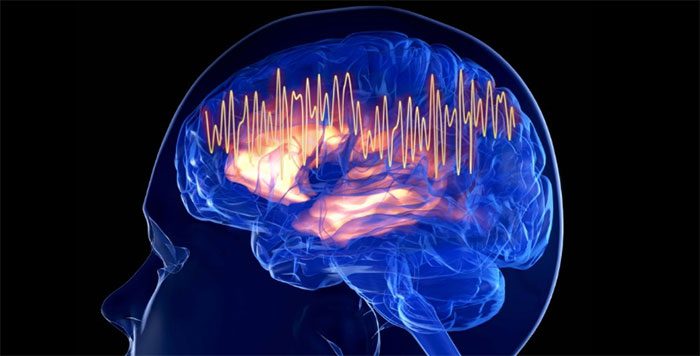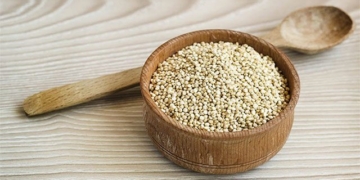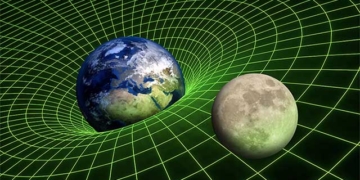A recent study shows that transcranial direct current stimulation (tDCS) is safe and more effective compared to other methods, such as transcranial magnetic stimulation (TMS).
Up to one-third of individuals suffering from depression do not respond to standard treatment methods, such as antidepressants or psychotherapy. To address this issue, Professor Amanda Ellison of Durham University (UK) and her colleagues have proposed a new treatment therapy, tDCS.
Transcranial direct current stimulation delivers a weak electrical current to the brain through electrodes held on the head with a strap or band. This alters the excitability of the brain tissue located beneath the electrodes. Simultaneously, it reduces the excitability of overactive areas and increases the excitability of underactive regions, particularly those related to emotional processing, potentially helping to alleviate symptoms of depression.

A new therapy effectively treats depression at home (Image source: Science).
tDCS is assessed as a treatment method that is safer and significantly more effective than others. Notably, tDCS also causes significantly fewer side effects compared to electroconvulsive therapy (ECT), which also delivers current through the brain. ECT is more invasive than tDCS because it requires anesthesia to perform. In contrast, tDCS delivers a weak current through two contact points in the brain.
The tDCS therapy is simply conducted with a frequency of 30 minutes per day, five times a week for the first three weeks, then gradually reduced to three sessions a week for the next seven weeks. Since these sessions are conducted in the patients’ homes with remote support, they do not need to visit a doctor or nurse.
“At-home tDCS therapy is convenient and safe for patients with treatment-resistant depression and significantly reduces costs,” Professor Amanda Ellison stated, as reported by Science Alert. Overall, home treatment is well tolerated. There have only been a few reports of adverse reactions, primarily related to irritation around the stimulation site.




















































